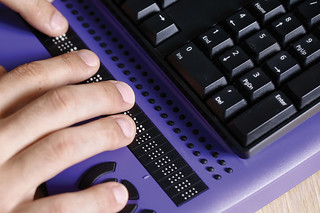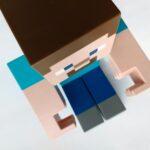I really valued the presentation that Tracy Humphreys from BCEdAccess presented to us. Her perspective as a parent who has disabilities as well as children with disabilities brought so much value and perspective to the conversation as to why accessibility is so important within the schools and how we can make sure we are doing everything we can to support our students with various disabilities. A point Tracy made that really stood out to me was that accessibility ranges from small things to large things. The most obvious accessibility vehicle that we all recognize is a ramp, and though a ramp has become a symbol of accessibility it misguides us into believing that all needs for accessibility are obvious and big changes. For example, simply writing larger on the board, or having some sort of microphone or amplifying system when you are instructing in front of the class or even simply spaces where students can take a break when needed. We also talked about how much power and resources we have as teachers to create accessible classrooms and funding always came up as a potential barrier to providing accessible learning environments. But what about looking at the way we design our teaching, the way our systems work and how they affect our students, especially the ones with learning challenges and accessibility challenges? Below is a video by Shelley Moore, talking about how we can change goal setting language and ideas to support students with disabilities and recognize that we all have strengths to bring to the table.
I recently did an inquiry on Universal Design for Learning (UDL) and one of the most salient points that resonated throughout many of the resources I came across was that providing accommodations or scaffolding universally in the classroom will benefit all of the students, not just the students you may have in mind when developing scaffolding and accommodations. Below is a link to my inquiry presentation giving a general overview of UDL and why it is so important for an inclusive classroom.
Inquiry: Universal Design For Learning (UDL)
It is our responsibility as educators to create a learning environment that is accessible for all of our students, physically, intellectually, and emotionally. I have included some links below to resources that were provided to me via my EDCI 336 class around accessibility and how we create an accessible environment in our class and schools.
BC Covid Decision making tool for families:
Assistive Technologies Information and Resources:
BCEd Access Website:





